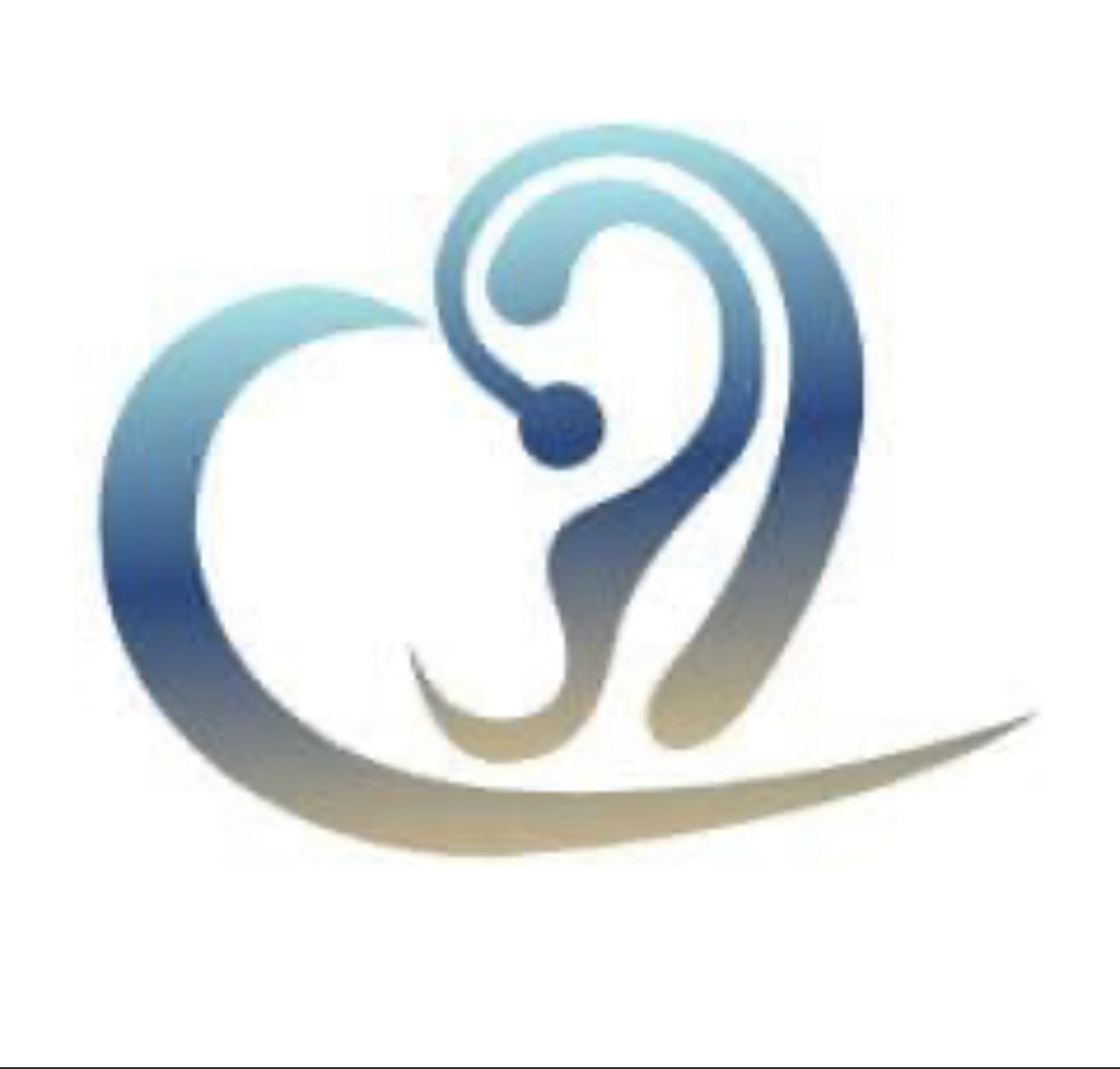Signs Your Hearing Aid Needs Professional Attention
- OPTIMUM HEARING CARE

- Jun 8
- 3 min read
Hearing aids are essential devices for many people who struggle with hearing loss. They enhance sound and help users fully engage with the world around them. However, like any electronic device, hearing aids can experience issues that require professional attention. Knowing the signs that your hearing aid may need repairs or maintenance is crucial for maintaining effective communication and overall quality of life.
Common Hearing Aid Repair Issues
Understanding the common problems associated with hearing aids can help you identify when it’s time to seek professional assistance.
Distorted sounds: If you notice that your hearing aid is producing distorted or unclear sounds, this could be a sign of a malfunction. Distortion can occur due to a buildup of dirt or moisture in the device.
Inconsistent volume: If the audio levels fluctuate without any adjustments made on your part, it's essential to pay attention. Many hearing aids feature a volume control, but issues with the internal components might be responsible for erratic sound levels.
Weak sound: If sounds seem faint or quiet despite ensuring your hearing aid is charged, the microphone or receiver may be compromised. This can interfere with the device's ability to amplify sounds properly.

Signs That Indicate Professional Repair
It’s essential to recognize specific signs it's time to consult a hearing professional for repairs.
Physical Damage: Any physical damage to your hearing aid—such as cracks, broken parts, or loose fittings—can significantly impede its performance. Even minor visible damages can lead to larger internal issues if not addressed promptly.
Battery Issues: If your hearing aid often requires new batteries or doesn’t hold a charge, it might indicate an internal problem. Sometimes, it could be a matter of battery compatibility or simply the need for servicing.
Feedback Noise: Hearing a buzzing or whining sound while using your hearing aid is known as feedback. This can signify that the device is improperly fitted or that there are problems with the internal microphone or amplifier.

Maintenance Tips to Prevent Repairs
Preventing issues before they arise can save you time and money. Here are a few maintenance tips to prolong the life of your hearing aid.
Regular Cleaning: Keep your hearing aid clean to prevent moisture and debris buildup. Use a soft brush and a lint-free cloth to gently clean the device, particularly around the microphone and receiver openings.
Routine Checkups: Visit your hearing care professional regularly for checkups. They can perform necessary adjustments, ensure proper fit, and inspect for any underlying issues that could cause future problems.
Proper Storage: When not in use, store your hearing aid in a protective case to prevent physical damage. Ensure the device is dry before placing it in the case, as moisture can lead to malfunction.

Understanding Hearing Aid Repairs
Sometimes, even with diligent care, your hearing aid may still require professional attention. If you experience any of the signs mentioned earlier, don’t hesitate to seek help.
Many hearing aid repairs involve replacing components such as microphones, receivers, or batteries. It may also include software updates to enhance performance. For significant issues, you may need a complete device overhaul, but this can often be addressed through a simple service.
Purchasing these repairs can make a difference to your daily communication and overall hearing experience. You can find professional assistance for hearing aid repairs at local clinics or by visiting Optimum Hearing Care’s Repair Service.
Final Thoughts on Hearing Aid Maintenance
Understanding the signs your hearing aid needs professional attention is essential for maintaining its effectiveness. By being proactive about maintenance and recognizing potential issues, you can better ensure your hearing aid supports you in every situation. Frequent checkups and care can prevent more significant repairs down the line, allowing you to enjoy life with clear and crisp sound.
In conclusion, taking heed of your hearing aid's performance will enhance your auditory experience and drastically improve your daily life. By following these tips and being aware of the signs mentioned, you'll ensure a consistent and reliable hearing experience for years to come.








Comments